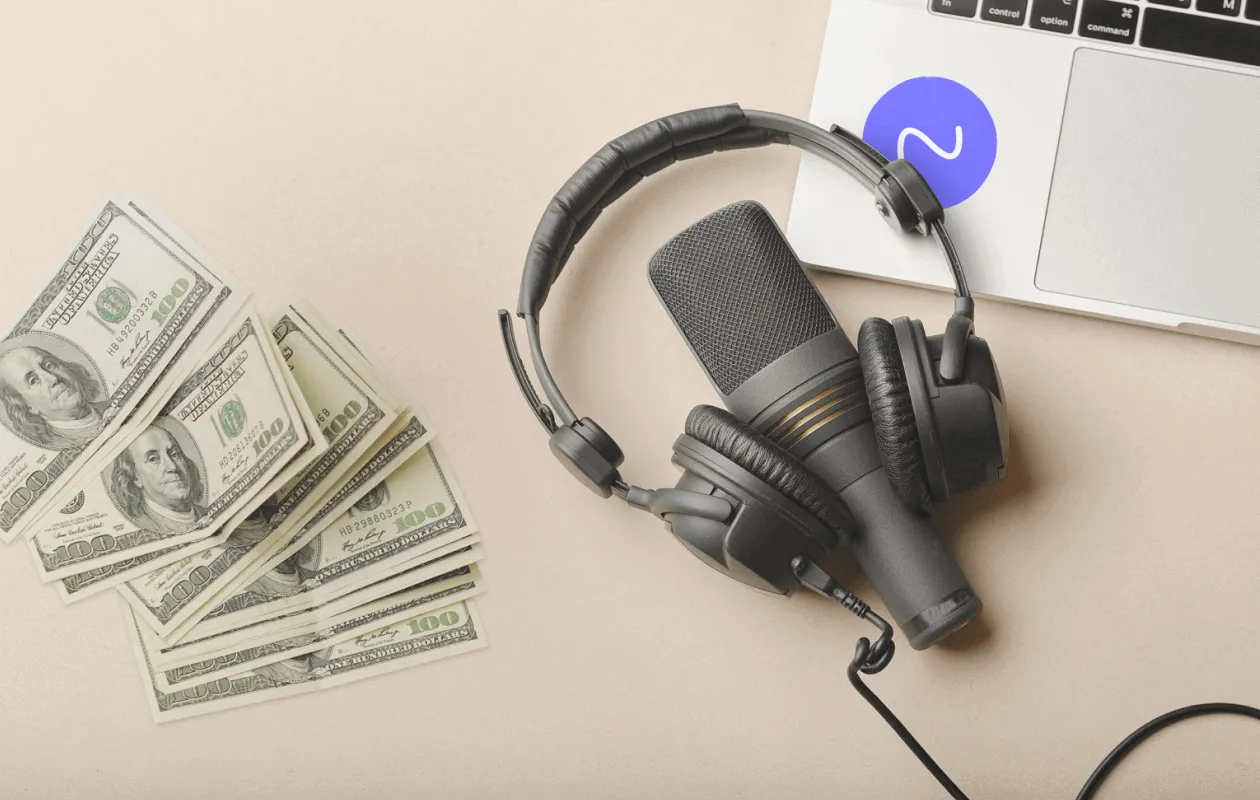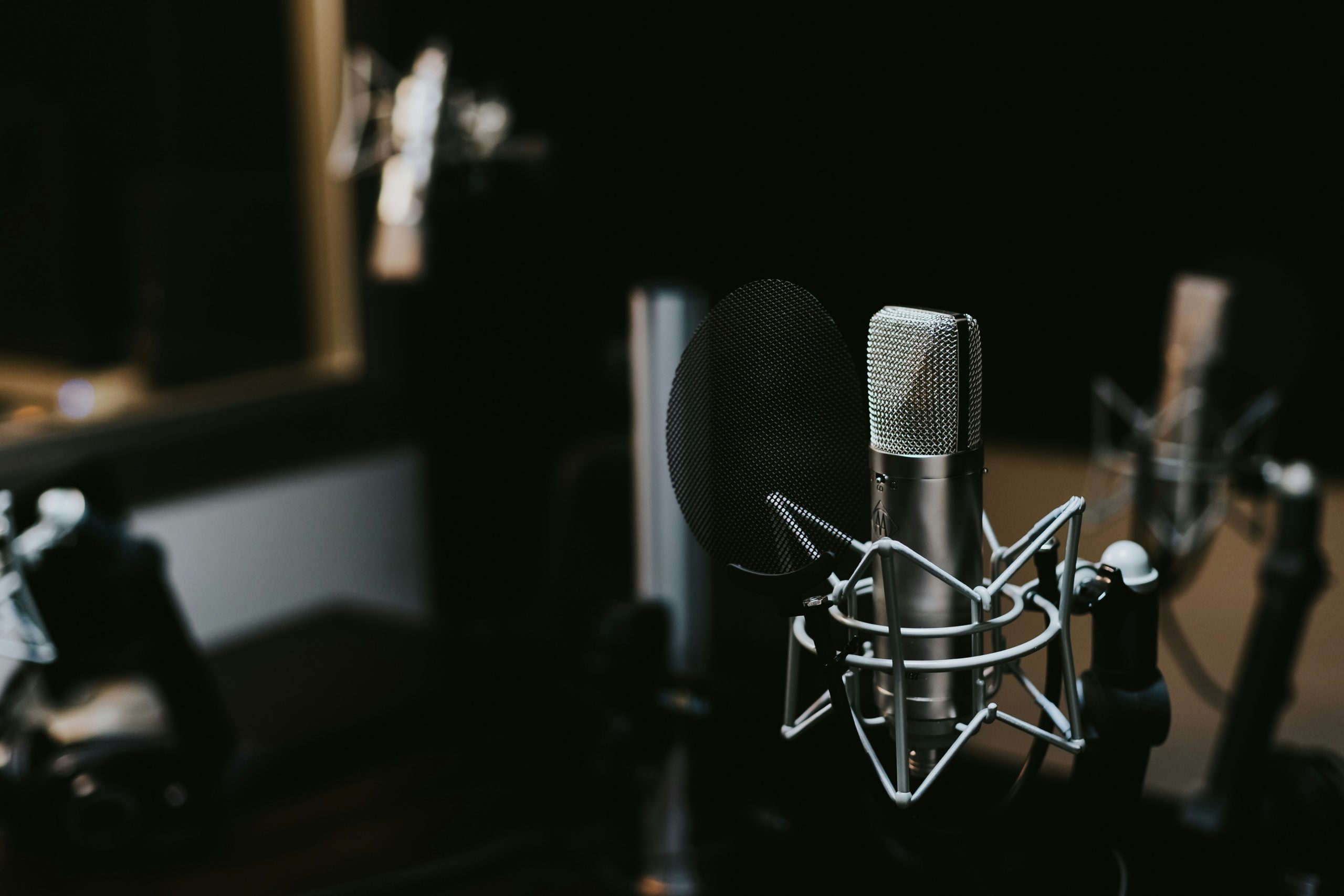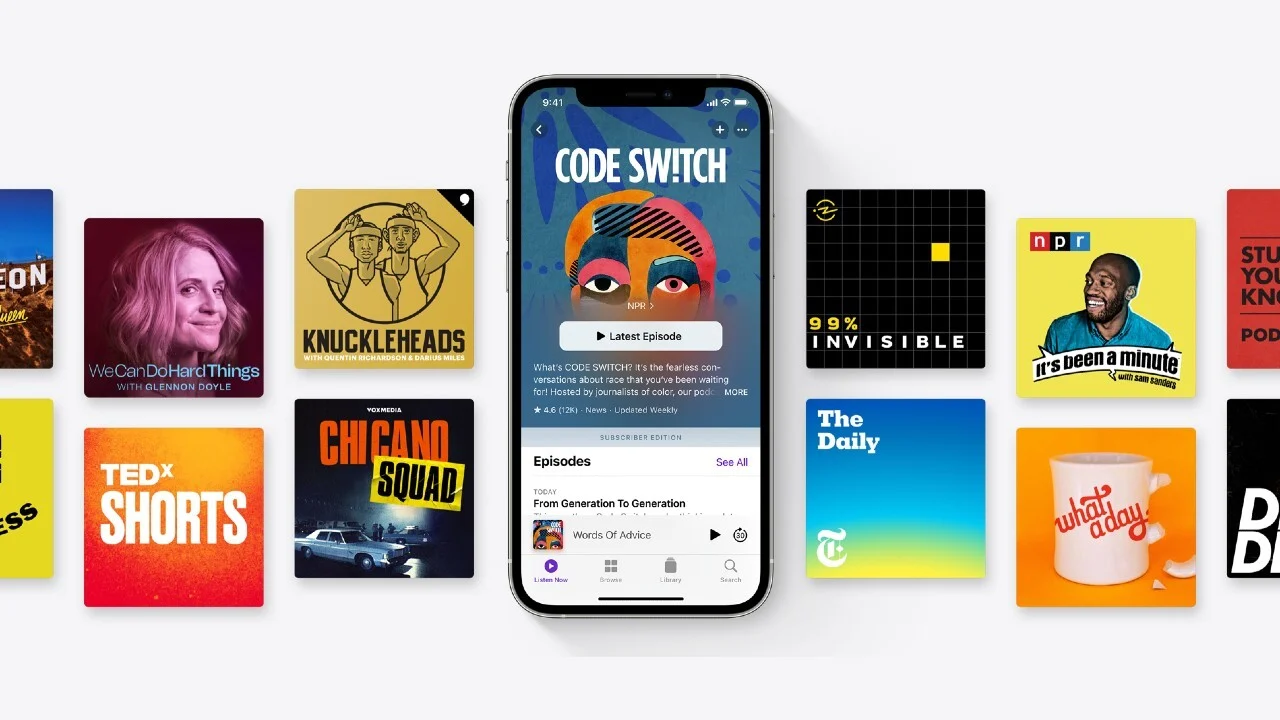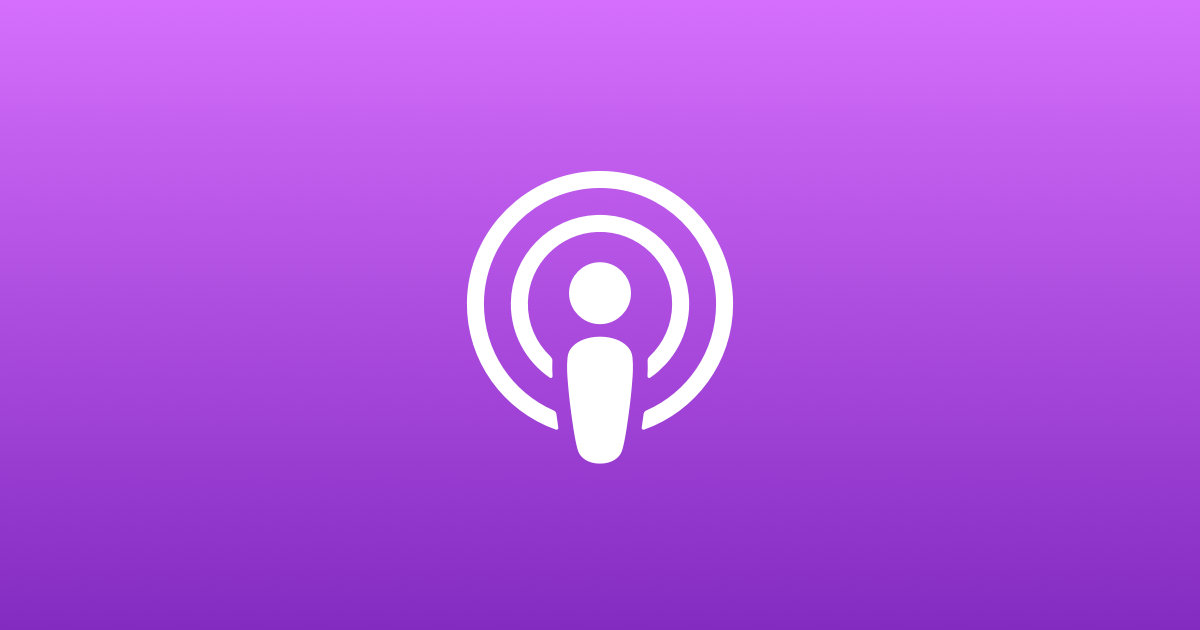Podcasting is an open medium built on RSS, and many shows are free to listen to. Behind the scenes, creators blend several revenue streams to fund their work—from classic sponsorships to memberships, live events, and more. Here’s a clear guide to the most common ways podcasts get paid.
TL;DR
- Ads and sponsorships are the most common revenue source.
- Paid memberships and private RSS feeds offer ad‑free or bonus content.
- Live shows, merch, and affiliate links can diversify income.
- Video (YouTube) and licensing deals are growing opportunities.
1) Advertising and sponsorships
Advertising is the backbone for many shows. Typical formats:
- Host‑read ads (most effective): The host reads a personalized endorsement mid‑episode.
- Programmatic ads: Pre‑produced ads inserted automatically.
- Pre‑roll / Mid‑roll / Post‑roll: Position in the episode; mid‑rolls usually command higher rates.
- Dynamic Ad Insertion (DAI): Ads can be swapped in or targeted over time without re‑uploading the episode.
How pricing works:
- CPM (cost per thousand downloads) is common. Rates vary by niche, audience size, and engagement.
- Niche, high‑trust audiences often earn above‑average CPMs.
Ad networks and hosting with ad tools:
- Spotify for Podcasters
- Acast
- Megaphone (enterprise)
- RedCircle
- Libsyn
Tip for creators: Start with 1–2 sponsors tightly aligned to your audience and focus on genuine, host‑read messages.
2) Paid memberships and private RSS feeds
Many creators monetize “around” the free feed by offering:
- Ad‑free versions of public episodes
- Bonus episodes or extended cuts
- Early access, Q&A, community perks
Popular tools:
How it’s delivered:
- Members get a private RSS URL to paste into their podcast app, unlocking premium, ad‑free content.
3) In‑app subscriptions
Platforms like:
Pros:
- Frictionless sign‑up; no RSS URL to paste. Cons:
- Content may be locked to that specific app.
4) Live shows, tours, and events
Once a show builds a loyal audience, live recordings, tours, or meet‑ups can become meaningful revenue. Extras include VIP tickets, photo ops, and exclusive merch.
5) Merch
Branded apparel, mugs, notebooks, and posters:
- Direct‑to‑consumer via Shopify, or print‑on‑demand services like Printful.
- Works best when tied to inside jokes, artwork, or community identity.
6) Crowdfunding and one‑time tips
Listeners can contribute without a monthly commitment:
- One‑time tips: PayPal, Buy Me a Coffee (buymeacoffee.com)
- Project‑based crowdfunding: Kickstarter, Indiegogo
- Donations for non‑profit or public‑interest shows
7) Affiliate revenue
Show notes often include affiliate links to products discussed on the show. When a listener buys, the creator earns a commission.
- Use clear disclosures about affiliate relationships.
- Choose products your audience truly values.
8) Licensing, books, and adaptations
Successful podcasts can spawn:
- Licensing deals (radio, streaming platforms)
- Book deals or documentary/TV adaptations
- Educational licensing for classroom use
These can be transformative for narrative or investigative series.
9) Video and YouTube
Many podcasts now simulcast video:
- YouTube ad revenue can supplement audio income.
- Video unlocks short‑form clips for discovery and additional sponsors.
- Consider studio lighting, multi‑cam edits, and chapter markers for better engagement.
10) Grants and institutional funding
Public‑interest, educational, and local news podcasts may secure foundation grants, non‑profit funding, or university partnerships—especially for investigative or civic projects.
Picking the right mix
- Early‑stage shows: focus on great content, basic sponsorships, and a simple membership for true fans.
- Growth phase: add dynamic ads, affiliate links, and merch.
- Established shows: explore tours, video expansion, and licensing.
Be transparent about how listener support helps you keep producing the show.
For listeners: want fewer ads without changing apps?
If you love your current player but want fewer interruptions, try PodcastAdBlock. It creates a personal, ad‑reduced feed of shows you already follow—so you:
- Keep your favorite app
- Save time every week
- Enjoy a smoother listening experience
Set it up once and listen on autopilot—no new app required.



